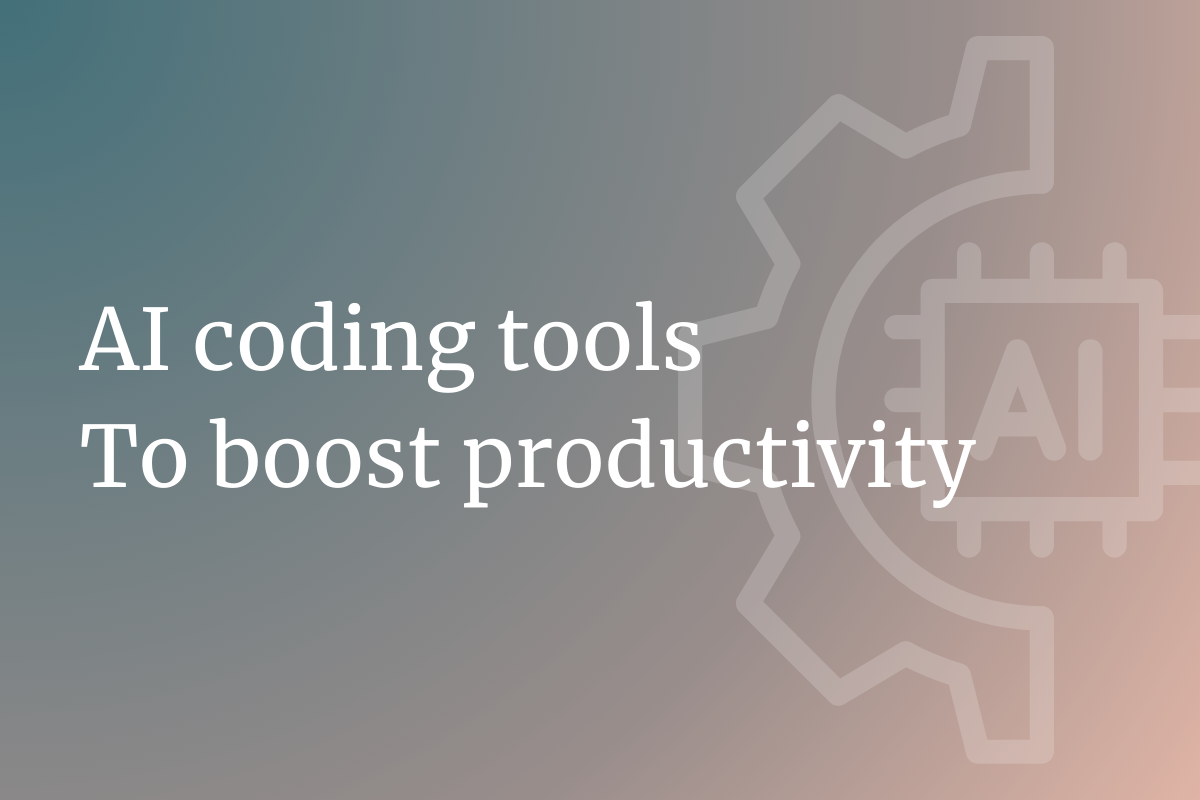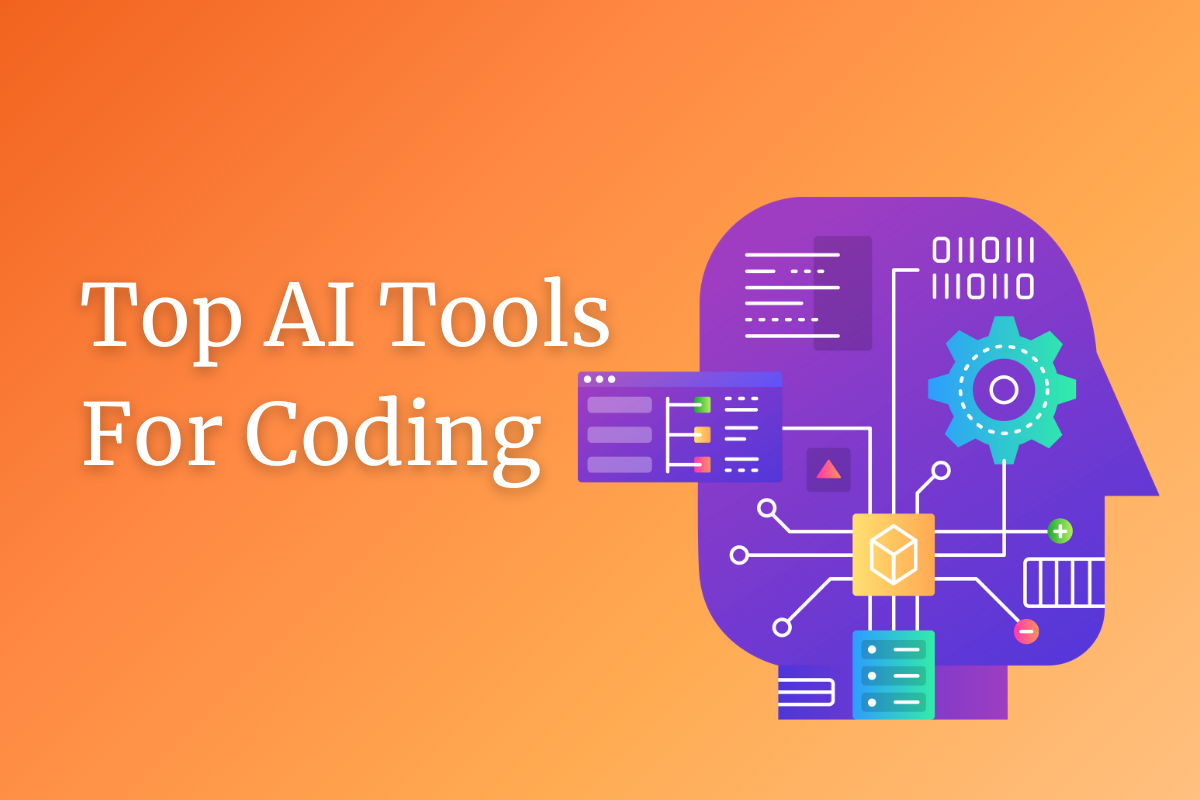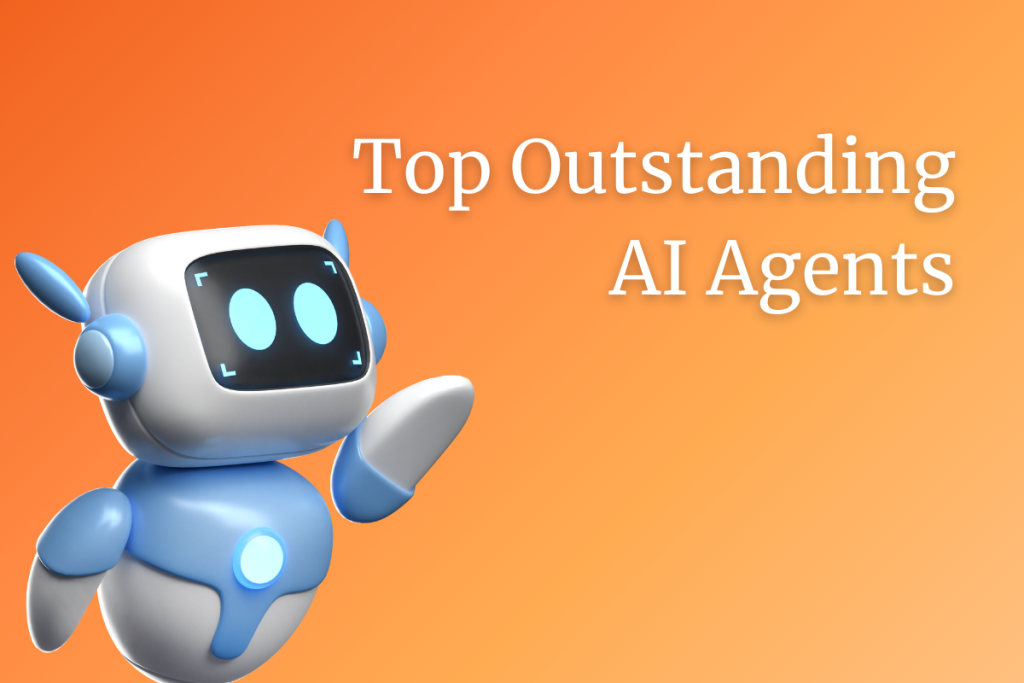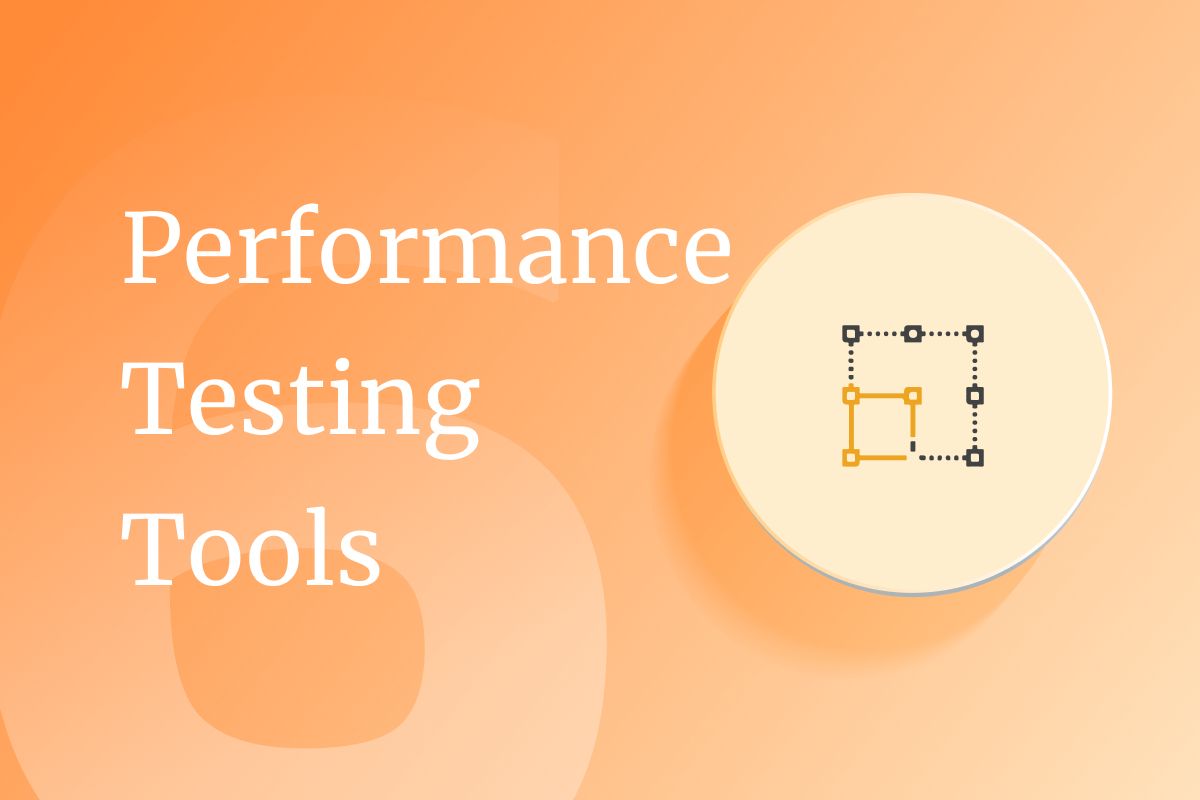In an era where technology moves faster than ever, development teams are under constant pressure to deliver high-quality software faster, leaner, and smarter. Our commitment to innovation at SHIFT ASIA drives us to explore new ways to improve development efficiency and testing accuracy. One of the most exciting advances we’ve embraced recently is using AI-powered coding tools.
These tools are reshaping the way developers and QA engineers work, automating repetitive tasks, accelerating development cycles, and enhancing test coverage. After integrating AI into several of our internal and client-side projects, we’ve observed a productivity boost of up to 20%, especially in scenario test generation, regression testing, and documentation.
Let’s explore AI tools, their use, and how they are transforming the software development lifecycle at SHIFT ASIA.
What Are AI Coding Tools?
AI coding tools are more than just autocomplete on steroids. Powered by large language models (LLMs) like OpenAI’s Codex or Meta’s Code Llama, these tools have been trained on vast datasets, including open-source repositories, programming documentation, and framework guidelines.
They understand code context, predict what you’re trying to write, and even explain logic or generate tests. Unlike traditional code editors, AI tools can handle natural language prompts, code analysis, and multi-language support, offering intelligent suggestions, bug fixes, or even full-function implementations.
They don’t replace engineers but act like smart assistants who never tire, making development smoother and more focused.
AI Tools SHIFT ASIA Uses and How We Use Them
1. GitHub Copilot: Your Seamless AI Pair Programmer
GitHub Copilot is an innovative tool that seamlessly integrates with widely used Integrated Development Environments (IDEs) such as Visual Studio Code and JetBrains. It serves as an intelligent coding partner that offers real-time code suggestions based on the input provided by the developer. Copilot utilizes advanced machine learning algorithms to analyze the context of the surrounding code, allowing it to generate complete lines or even entire blocks of code. This capability not only minimizes the amount of repetitive coding tasks but also encourages more creative problem-solving by providing diverse solutions that the developer might not have considered.
How We Utilize GitHub Copilot at SHIFT ASIA:
1. Rapid Scaffolding of REST APIs and React Components: Copilot generates boilerplate code to help expedite the initial setup of RESTful APIs and React components. This allows our developers to focus on refining functionality rather than getting bogged down in the initial structure.
2. Generation of Repetitive Validation Logic for Form Inputs: By automating the creation of validation logic for various form inputs, Copilot saves time and reduces the potential for human error. This ensures a more consistent and reliable input handling process across our applications.
3. Suggesting Solutions During Proof of Concepts and Prototype Phases: During the development of proof of concepts (POCs) and prototypes, Copilot assists our teams by suggesting innovative solutions that align with project specifications. This support is invaluable in brainstorming sessions and aids in swiftly moving from ideas to practical implementations.
Overall, GitHub Copilot serves as a powerful ally for our developers, enhancing productivity and fostering a more efficient coding experience at SHIFT ASIA.
2. CodiumAI: Accelerating Test Creation
Creating robust tests is an essential aspect of software development, yet it can often be tedious and time-consuming. CodiumAI streamlines this process by providing intelligent test generation capabilities. By thoroughly analyzing your existing codebase, CodiumAI automatically crafts relevant unit tests that encompass standard use cases, edge cases, and appropriate assertion logic.
How We Utilize CodiumAI:
1. Comprehensive Test Case Generation for Backend Microservices: CodiumAI enables developers to generate extensive test cases tailored specifically for backend microservices. This ensures that all functionalities are rigorously evaluated, enhancing the application’s overall reliability.
2. Increasing Test Coverage Early in the Sprint: By integrating CodiumAI into the development workflow, teams can boost their test coverage right from the start of the sprint. This proactive approach helps identify potential flaws earlier in the development cycle, reducing the likelihood of critical issues arising later.
3. Enhancing Collaboration Between QA and Development Teams:** CodiumAI fosters improved collaboration between quality assurance (QA) professionals and developers by aligning their expectations on what “tested” actually entails. With clearer benchmarks and more defined testing standards, teams can work together more effectively, leading to a higher-quality product.
By utilizing CodiumAI, teams can significantly accelerate the testing process, streamline workflows, and ensure higher code quality, all while saving valuable time and resources.
3. Claude 3.5 Sonnet: The Ultimate Context-Aware Documentation and Code Logic Companion**
Anthropic’s Claude 3.5 Sonnet is a cutting-edge language model designed to enhance code comprehension, streamline documentation processes, and clarify intricate logic. This model surpasses many competitors with superior memory management capabilities and enhanced reasoning skills, making it a valuable tool for developers and teams.
Why It’s a Favorite at SHIFT ASIA:
1. Context Preservation: Claude 3.5 effortlessly manages lengthy project files and comprehensively explains full-stack architectures, ensuring that critical contextual details aren’t overlooked.
2. Accurate Documentation: It generates precise documentation, insightful inline comments, and concise summaries of test plans, all tailored to meet the specific needs of software projects.
3. Effective Onboarding Tool: The model breaks down complex business logic and legacy code, making it easier for new team members to understand existing systems and contribute effectively.
4. Simulating Code Reviews: Claude 3.5 can mimic the code review process, identifying potential architectural flaws and suggesting improvements, thereby enhancing code quality.
How We Utilize This Powerful Tool:
1. Class Structure Summarization: We employ Claude 3.5 to distill intricate class structures into clear and accessible handover documents, ensuring smooth transitions between developers.
2. BDD Test Scenario Generation: The model is instrumental in creating Behavior-Driven Development (BDD) style test scenarios based on detailed acceptance criteria, helping to ensure that software functionality aligns with business requirements.
3. Code Optimization and Explanation: During onboarding sessions, we use Claude 3.5 to elucidate and optimize unfamiliar code, enabling new team members to ramp up quickly and effectively.
With its remarkable capabilities, Claude 3.5 Sonnet is transforming how we approach documentation and code logic, greatly enhancing our workflows and team collaboration.
Practical Benefits We’ve Experienced
1. Faster Turnaround Times
One of the most significant advantages we’ve noted is our projects’ substantially reduced turnaround times. Previously, developers often spent countless hours crafting similar functions from scratch or repeatedly rewriting existing logic to accommodate new features. With the introduction of an intelligent assistant, these time-consuming tasks are streamlined, enabling developers to delegate the heavy lifting. This accelerates the delivery timelines and transforms our development processes into a more agile framework. As a result, our teams can respond quickly to changing project requirements and client demands, facilitating rapid iterations and faster time-to-market.
2. Improved Test Coverage
Our approach to testing has also undergone a remarkable transformation. By leveraging automated test generation tools, QA engineers and developers can now achieve a significantly higher level of test coverage with much less manual effort. This optimization means we can identify potential issues early in the development cycle, leading to a noticeable decrease in regressions. Consequently, this boost in test coverage instills greater confidence in our deployment processes, ensuring that they perform reliably and meet quality expectations when features go live.
3. Reduced Burnout and Mental Fatigue
Another crucial benefit is the positive impact on our team’s mental well-being. By automating mundane and repetitive tasks, engineers have reported a considerable reduction in feelings of burnout and mental fatigue. Instead of being bogged down by monotonous work, they can redirect their energy toward tackling more complex problems that require creative thinking and strategic planning. This shift enhances their job satisfaction and allows them to engage in higher-level activities, such as designing more sophisticated systems and mentoring junior team members, ultimately adding more strategic value to our projects.
4. Stronger Collaboration Between Development and QA Teams
Integrating AI tools like CodiumAI has significantly strengthened the collaboration between our development and QA teams. These tools effectively bridge the gap between coding and testing, fostering a more cohesive approach to quality assurance. With a shared understanding of quality from the outset, developers and testers can communicate more effectively, using a unified language that minimizes misunderstandings. This alignment from day one not only enhances the overall quality of the codebase but also cultivates a collaborative culture that benefits the entire project lifecycle.
How SHIFT ASIA Successfully Integrated AI Coding Tools
We approached integrating AI tools with a strategic and thoughtful method rather than simply launching them and hoping for successful outcomes. Our phased approach was designed to bolster user adoption while minimizing potential risks:
✅ Step 1: Pilot in Internal Projects
We began by selecting various internal projects as our pilot testing ground for tools such as GitHub Copilot and CodiumAI. Throughout this phase, we meticulously documented usage patterns, capturing not just the benefits realized by our teams but also the limitations and challenges encountered. This comprehensive assessment enabled us to evaluate the tools in a controlled environment, providing valuable insights that would guide further implementation.
✅ Step 2: Create Internal Guidelines
With the knowledge gained from the pilot phase, we developed a set of internal guidelines explicitly tailored for using AI-generated code. These guidelines included detailed checklists designed to ensure best practices and clear guardrails to define acceptable use. We also instituted rigorous review protocols that mandated code reviews for AI-generated outputs and security considerations to mitigate potential risks associated with incorporating such code into our projects.
✅ Step 3: Onboard Developers & QA Engineers
We organized comprehensive training sessions to ensure that our development and quality assurance teams were well-prepared to utilize these AI tools effectively. During these workshops, we emphasized the importance of leveraging AI responsibly. We encouraged team members to experiment with the tools to enhance their workflows while instilling a cautious mindset to avoid relying on AI outputs without critical evaluation. This balanced approach helped foster an innovative environment while safeguarding against technological dependence.
✅ Step 4: Monitor and Iterate
Our process didn’t end with training; we established a framework for ongoing monitoring and iteration. We continuously collected feedback from team members about their experiences with the AI tools and analyzed performance metrics related to project outcomes. This iterative feedback loop allowed us to make informed adjustments to our usage of the tools, enabling us to adapt to emerging needs and challenges while enhancing efficiency and effectiveness across various projects.
By taking these structured steps, we created a robust foundation for the responsible and effective integration of AI tools into our workflow, setting the stage for long-term success.
Risks and Limitations to Consider
When utilizing AI coding tools, it’s important to recognize that they are imperfect and come with their own challenges. At SHIFT ASIA, we emphasize the importance of responsible usage and ensure our teams are thoroughly educated on the following concerns:
Security Risks
It is crucial to exercise caution when handling sensitive data while using cloud-based AI tools, such as Copilot. Many of these tools may store code snippets or user interactions externally, potentially exposing confidential information. Always verify the security measures in place and ensure that sensitive data is not inadvertently shared or compromised.
Over-Reliance
While AI can streamline coding processes, it is essential to understand the underlying logic and principles of the code it generates. Users should avoid treating AI outputs as infallible solutions or a “black box.” Engaging with the code and comprehending its intricacies fosters more profound learning and enhances overall coding skills.
Hallucinations
AI tends to create outputs that may include references to nonexistent libraries or functions. This phenomenon, known as “hallucination,” can lead to the inclusion of erroneous or misleading code snippets. As such, it is vital to incorporate a robust human review process to verify the accuracy and reliability of the AI-generated code before implementing it in any projects.
By being aware of these risks and limitations, we can foster a healthier approach to AI usage in our coding practices, ensuring both effectiveness and security in our development processes.
Final Thoughts from SHIFT ASIA
At SHIFT ASIA, we believe that the future of software development lies in a hybrid model, where intelligent tools enhance human expertise. AI is not here to replace developers or testers; rather, it is here to support them in performing their best work, more efficiently and smartly.
By integrating AI coding tools into our workflows, we have achieved measurable improvements in efficiency, reduced burnout, and enhanced the overall development experience. Adopting AI is no longer optional but strategic if you want to modernize your development practices and stay ahead of the competition.
ContactContact
Stay in touch with Us




